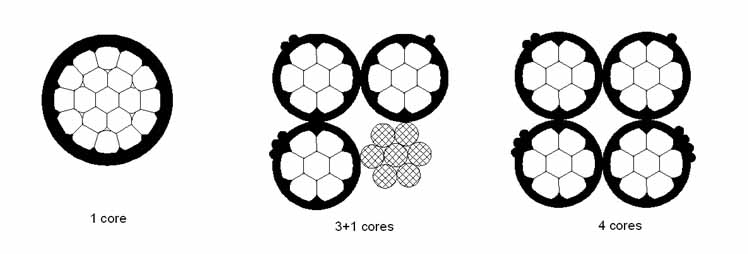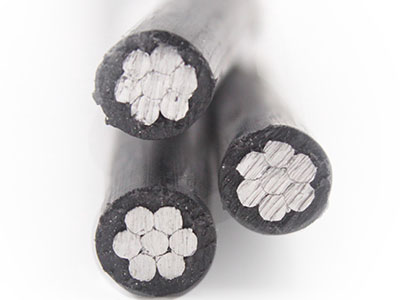
What is a Single Core Cable Armored Grounding?
Armored cables are usually cables reinforced with non-magnetic steel tape. Most industry professionals would probably refer to this as a non-magnetic steel tape armored cable. Lẹhinna, single-core underground cables are usually armored because the cables must withstand excessive stress and environmental stress. Typically, when using cables such as 11kv single-core cables in outdoor applications, electricians prefer to use single-core cable armor for grounding.
The armor not only acts as a ground conductor, but also protects stranded or solid cables from externally induced natural forces or mechanical stress from other installation processes such as heavy equipment mounted above the cable. Because it is a more rugged cable, you will usually see non-magnetic steel tape armored cables such as 11kv single core cable or 33kv cable for outdoor use.
Shipping, handling and installation of non-magnetic steel tape armored cables are very heavy, especially if they are very long. This is why applications requiring single-core underground cables typically use armored cables buried in underground conduits and trenches. Trucks with armored 11kv single-core cables unrolled them at the job site, and workers buried them in trenches dug for the purpose.
What are Multi-core Cables Used For?
Some items are designed for multi-conductor cable applications. For example, industrial sector projects often use a variety of multi-conductor cable types due to higher power requirements, greater installation and operating stress, and harsher operating conditions.
Additionally, while using single-conductor automotive cables is a popular choice, automotive component manufacturers typically use thin-wall multi-conductor cables for various internal electrical components.
There is a unique aspect of multi-conductor cable sizing that is often confusing to even professionals seasoned with cable applications. Indeed, multi-conductor cable suppliers make these cables with multi-conductor jackets within the jacket. However, not every cable with multiple cores in the jacket is a multi-core cable. This is where things get messy!
A cable may have multiple cores, but that doesn’t necessarily mean that the term “multi-core” is appropriate to describe it. It depends on the “typical” multi-conductor cable application one is expected to encounter. For example, if a multi-conductor cable supplier typically offers 4-conductor cable, it will not be designated as “multi-conductor”. However, a multi-conductor cable size that “normally” consists of 2 conductors also has a 4-conductor version, so the cable is effectively called a multi-conductor cable.
